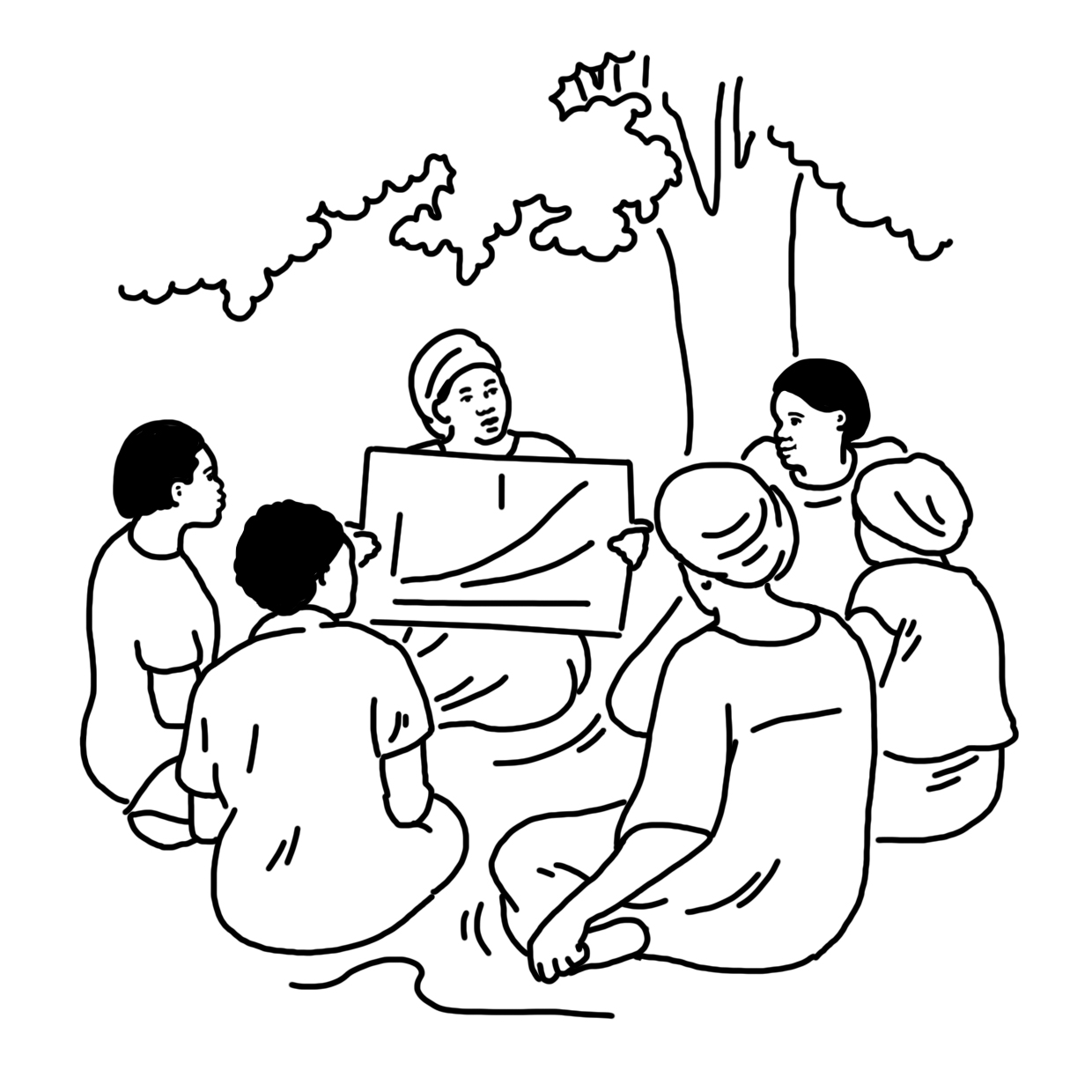Participatory Assessment of Climate and Disaster Risk

- Level: Introductory
- Time commitment:5-6 hours per module (7 modules in total)
- Learning product: Toolkit
- Sector: multi-sector, community level
- Language:English
- Certificate available:No
Introduction
The PACDR tool consists of seven modules that build upon each other to enable users to systematically integrate the consideration of climate and disaster risks into community planning and development. Good local knowledge can – and must – inform the assessment of climate and disaster risks, but the process can seem daunting. The potential for improving the adaptive capacity of households and communities or for implementing climate-friendly strategies may not be apparent at first glance. Taking account of hazards, risks, global warming and local responses requires information and a way of organizing knowledge and evidence into an effective plan. The PACDR tool can guide the way. The idea behind the tool is that communities can apply their local knowledge in combination with general knowledge related to disasters and climate change in a way that suits their specific needs and situation. The tool provides a simple, easy-to-use structure and guidance to follow in the step-by-step development of a community assessment of climate and disaster risks and opportunities. The assessment can then inform ongoing or planned projects and programmes, and, more generally, community planning. The tool identifies available sources of relevant scientific information and provides links to numerous websites. It relies on local participation to identify hazards, to prioritize risks and to develop the strategies necessary to respond effectively to the risks.For more details download the complete Participatory Assessment of Climate and Disaster Risk toolkit from the right hand column
Institutional Background
This fully revised and rewritten version 9 of the PACDR tool was developed based on previous versions made by Gottfried Horneber, Marion Künzler, Marius Keller, and many other colleagues from Brot für die Welt, Bread for All, Zoi Environment Network, and HEKS/EPER as well as FAKT consultants.
Who would find this useful?
The tool is intended to help communities raise awareness, assess their climate change and disaster risks and to develop adaptation strategies. Non-governmental or community-based organizations and district or local governments may initiate and facilitate the process. The tool is designed to be self-explanatory to the degree that first-time users with community participation experience and basic knowledge of climate change can work their way through the modules without assistance. Community-level project developers, managers and field staff may also find the tool useful in assessing existing or planned development projects.
Training material
The tool is divided into the following seven modules:
- Context: Preparation of background material and compilation of information on the community
- Climate change and hazard analysis: Identification and application of local knowledge
- Vulnerability assessment: Analysis of vulnerable livelihood assets and resources and identification of the impacts of hazards
- Responses to the impacts of hazards: Survey and assessment of local responses taken to reduce vulnerability and enhance resilience
- Adaptation strategies: Identification of additional responses to cope with climate hazards and impacts
- Co-benefits of adaptation strategies: Assessment of environmental and socioeconomic co-benefits of adaptation strategies
- Community adaptation planning: Development of an action plan and community presentation
Learning outcomes
The tool provides the basis for incorporating climate and disaster risk considerations into community planning and development. More specifically, the tool enables users to:
- Understand how climate and other hazards affect lives and livelihood resources
- Learn how local people currently respond to these hazards
- Identify adaptation strategies to strengthen the threatened livelihood resources and to enhance people’s resilience
- Include gender considerations throughout the assessment of climate and disaster risks
Related resources
- PACDR Webiste
- e-Learning course: Disaster Displacement
- Transforming Development and Disaster Risk
- Pamoja voices climate-resilience planning toolkit for cooperatives
- Toolkit: Facilitating a gender-responsive NAP process
- Climate Change Adaptation Toolkit and User Guide: a comprehensive guide to planning for climate change adaptation in three steps
- SENSES Toolkit for Climate Change Adaptation
(0) Comments
There is no content